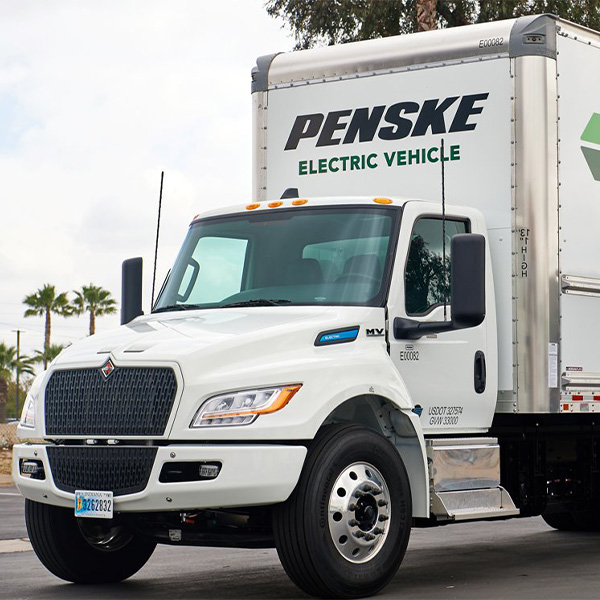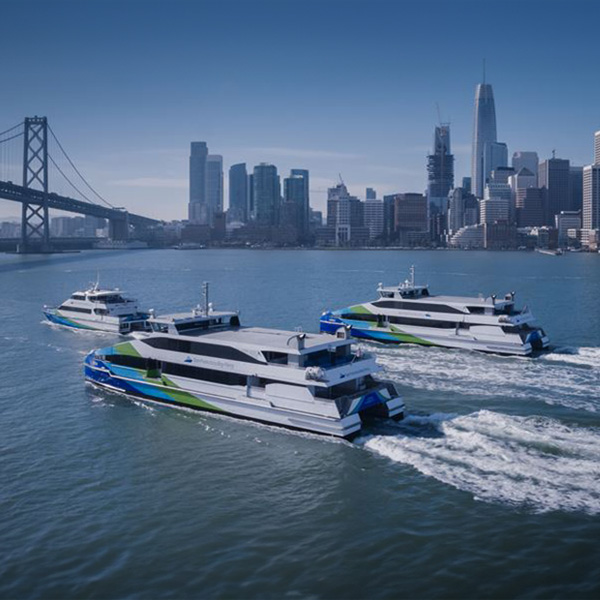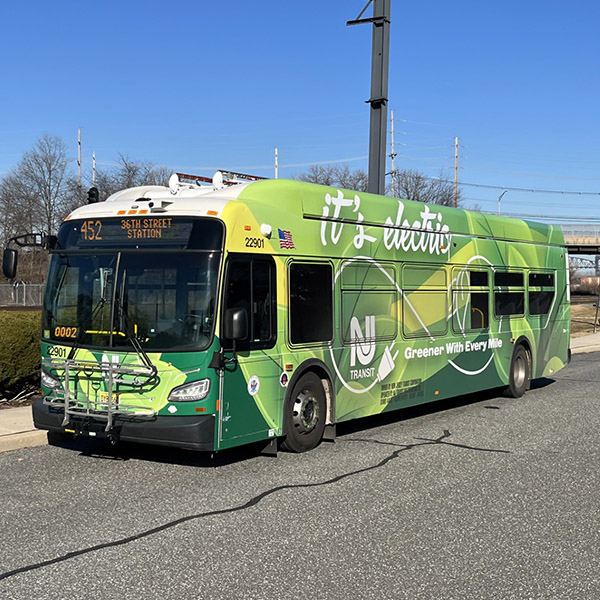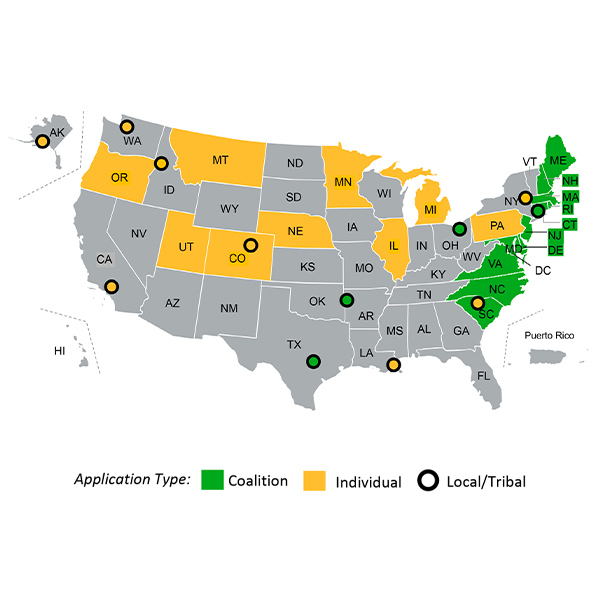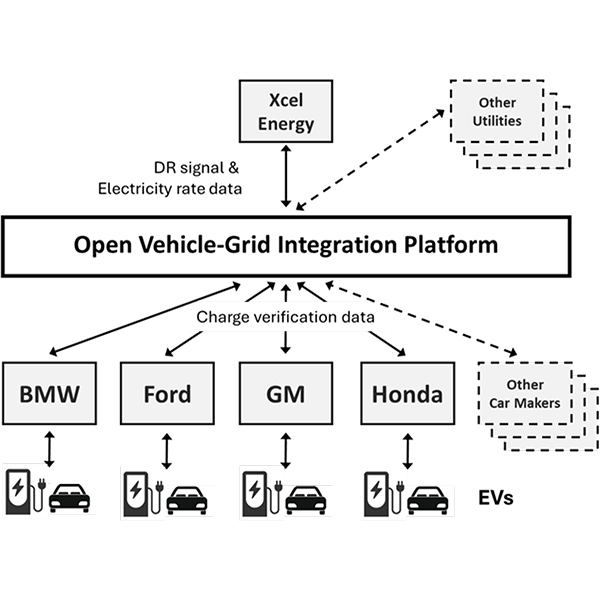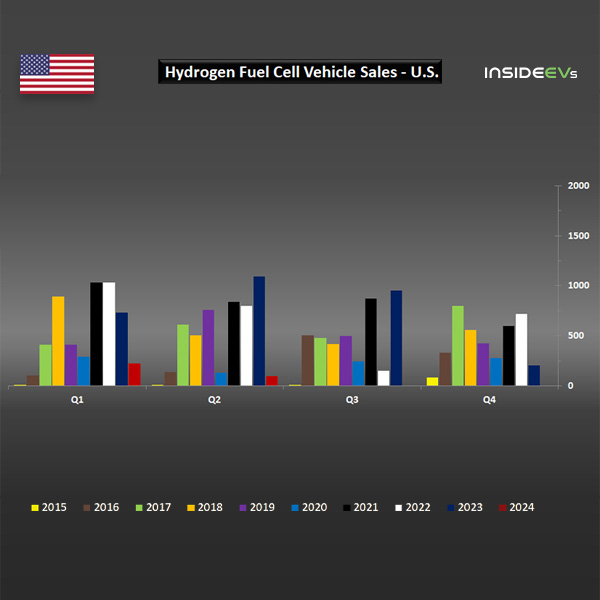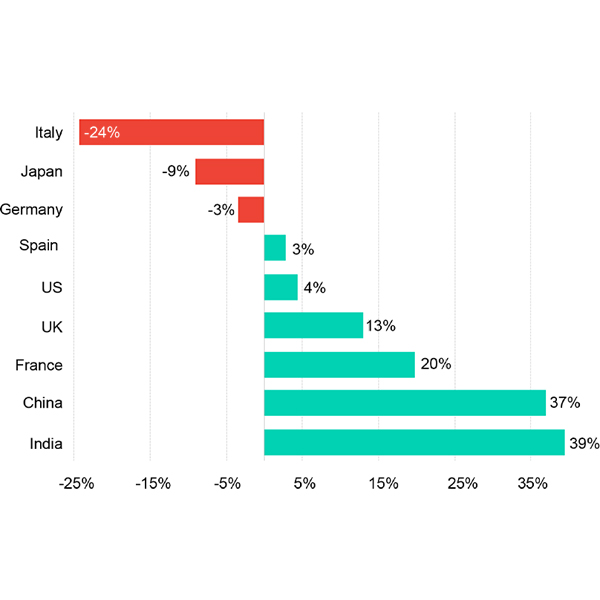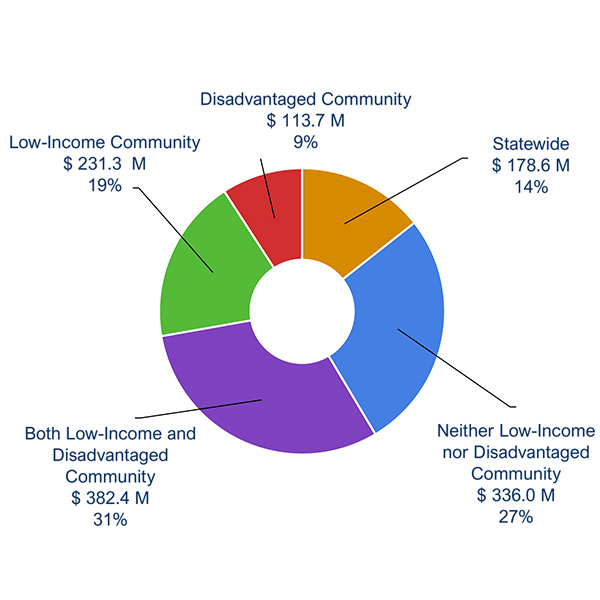Heavy-duty vehicles
California ZEV infrastructure projects are receiving $150 million in federal funding, including $102 million for a tri-state charging network for medium- and heavy-duty trucks.
The California Energy Commission award was among $87M provided for medium- and heavy-duty ZEV chargers.
New Jersey is adding to its efforts to cut medium- and heavy-duty vehicle emissions with plans to spend more than $300 million on two electric bus garages and to increase the use of clean cargo handling equipment at ports.
Pennsylvania will use its $396.1 million Climate Pollution Reduction Grant on a statewide initiative to cut greenhouse gas emissions from industrial buildings through incentives for energy efficiency and emission-reduction technologies.
The return to demand growth in the electric power industry has been a major theme this year, and it dominated the discussion at NARUC's Summer Policy Summit.
Vehicle-to-grid integration is about more than connecting electric vehicles to the grid, say reports from DOE and the Alliance for Automotive Innovation.
Sales of electric vehicles in the U.S. are showing some signs of recovery, while the market for hydrogen fuel cell vehicles has practically collapsed.
About 20% of all vehicles sold worldwide this year will have a plug ― either battery electric or plug-in hybrid ― with sales predicted to rise to one-third by 2027.
California must find ways to allocate more of its funding for ZEV infrastructure to disadvantaged communities, according to an advisory committee for the Energy Commission's Clean Transportation Program Investment Plan.
The new standard sets regular 2% increases in fuel efficiency for passenger cars ― sedans and SUVs ― per year between the 2027 and 2031 model years, rising from 60 mpg to 65.1 mpg.
Want more? Advanced Search
